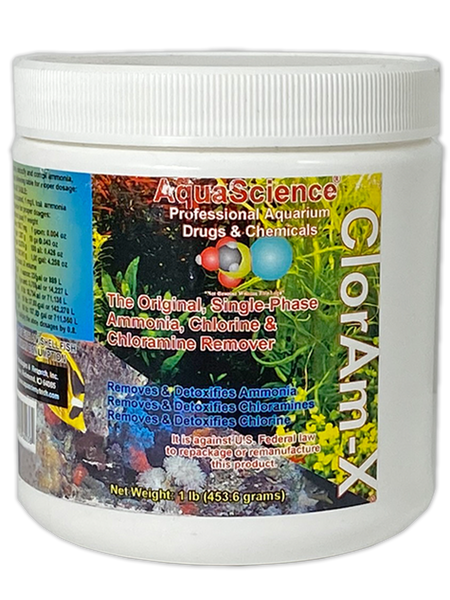I am setting up a new tank and breaking down another one. I moved my 4 existing fish (2 clowns, Royal Gramma and Flame Hawk) plus inverts to a 20 gallon holding tank that was cycled before they were moved to it. Of course I realize that putting that bioload at one time on a newly cycled tank could spike ammonia (which it did slightly today).
I dosed Prime while mixing up a new batch of saltwater. I then did a 10 gallon water change once the new water was made. I tested the levels again tonight and they are still slightly elevated with ammonia (measured using Red Sea test kit).
My question is, would dosing Prime each day suffice for the slight ammonia spikes, or do I need to be doing a 5-10 gallon water change each day until I can no longer see a spike or I move them over to the newly cycled display tank (which will probably be another 2-3 weeks)?
Thank you
I dosed Prime while mixing up a new batch of saltwater. I then did a 10 gallon water change once the new water was made. I tested the levels again tonight and they are still slightly elevated with ammonia (measured using Red Sea test kit).
My question is, would dosing Prime each day suffice for the slight ammonia spikes, or do I need to be doing a 5-10 gallon water change each day until I can no longer see a spike or I move them over to the newly cycled display tank (which will probably be another 2-3 weeks)?
Thank you



















